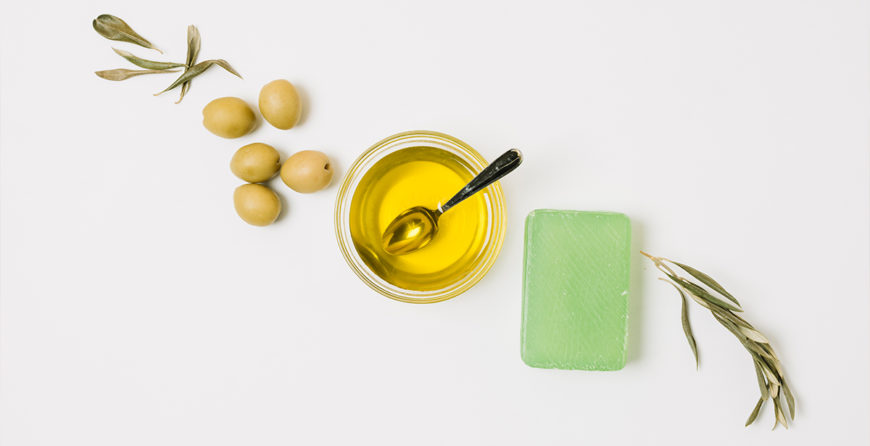The island of Crete has the priority in claiming the cultivation of the olive tree. In the Minoan era, Crete was the center of economic power and olive oil exporting, along with other agricultural commodities, had reached its peak.
Paul Faure, the French researcher says that the credit for the conversion of the wild olive tree into the cultivated olive tree, belongs to Cretans.
In the Minoan civilization, olive oil was used for food, medicine, lighting the lamp, for the production of perfumes, ointments and the protection of wood and delicate surfaces.
Olive oil was stored in “pytharia” (clay containers). Evidence of these containers are in the palace of Knossos and in the village of “Thrapsano” in Heraklion, the making of the same type of jars continues to present times.
Knossos was the center of art and culture and a number of frescos portraying the olive tree, with intense colors and outlines, are the oldest remains we have.
In the Byzantine Empire, great quantities of olive oil were consumed. Its production in the Greek territories was considerable, because of the size of the Empire, and its exporting, worldwide.
When the Byzantine Empire fell and the Turks occupied the region, the olive oil production was effected. Back to the 10th century AD., olive oil production was an insufficient commodity.
In the 13th, 14th and 15th centuries AD., the olive tree cultivation in Crete was limited to only of family consumption. At the time olive oil production reached its lowest activity.
In the 16th century olive oil gained its productivity and was exported to Europe in large quantities, specifically for soap production.
In the 19th and 20th centuries, after the Greek revolution, the olive oil became the most important agricultural commodity and the pillar of the economic growth and development of the country.
The olive oil’s role in the Greek life from birth to death, is a continuation of religious and local customs since antiquity. The olive tree that has effected for thousands of years the economy and the way of life, is the “king of all trees.”
Greece became the center of olive oil production, due to its privileged geographical position, being in the middle of Asia, Africa and Europe.
The Greeks on their quest for fertile soil in far away lands, they brought with them the olive tree. The first olive trees, planted by the Greeks, were in France and Portugal.
The olive tree is very strong and enduring in drought and disease, fire resistant and everliving. When the above ground body is destroyed, the roots are capable of regenerating.
The Mediterranean climate is ideal for the olive tree, due to its hot summers and cool and wet winters.
Its productivity starts when it reaches 7 years of age and continues increasing to 35 years of age. After the 35th year, growth and productivity continues and reaches maturity at 150. Unbelievable but true, after the 150 years, productivity continues for centuries and even millenniums.


